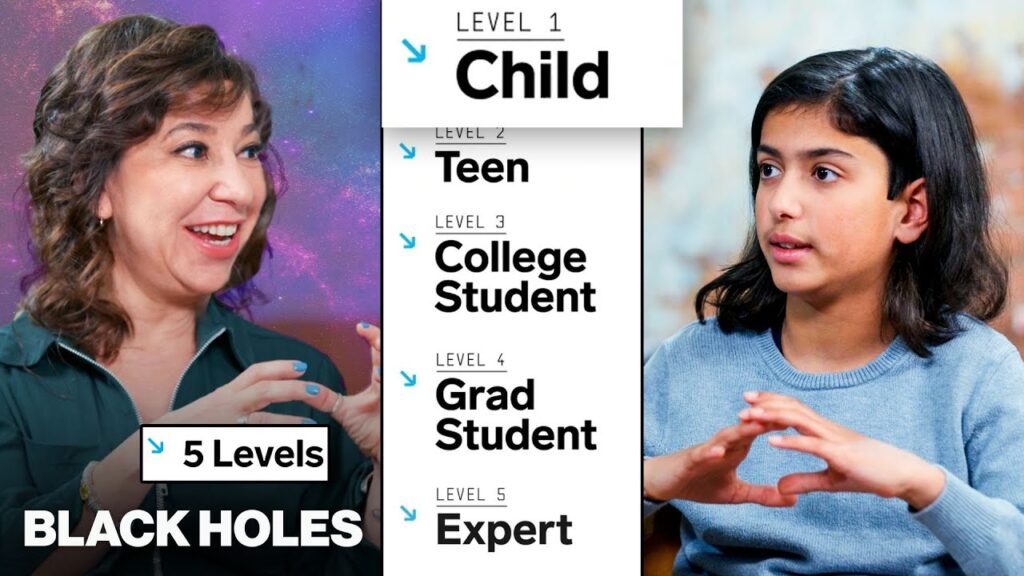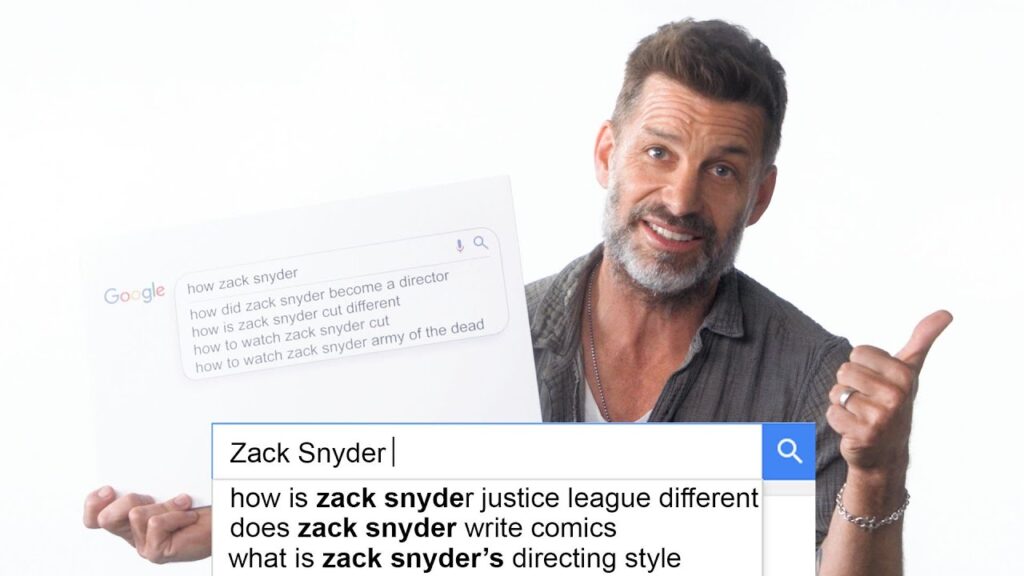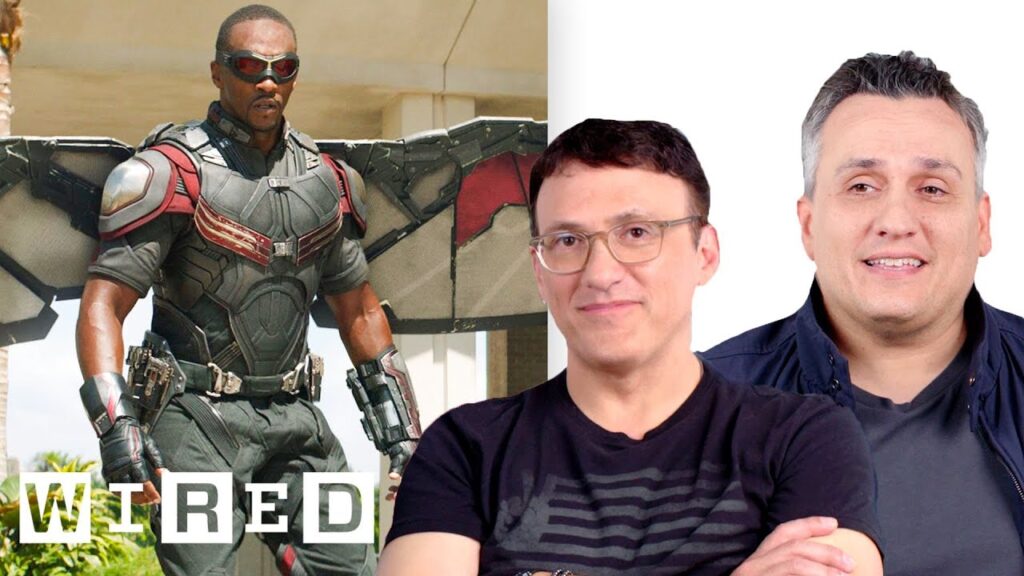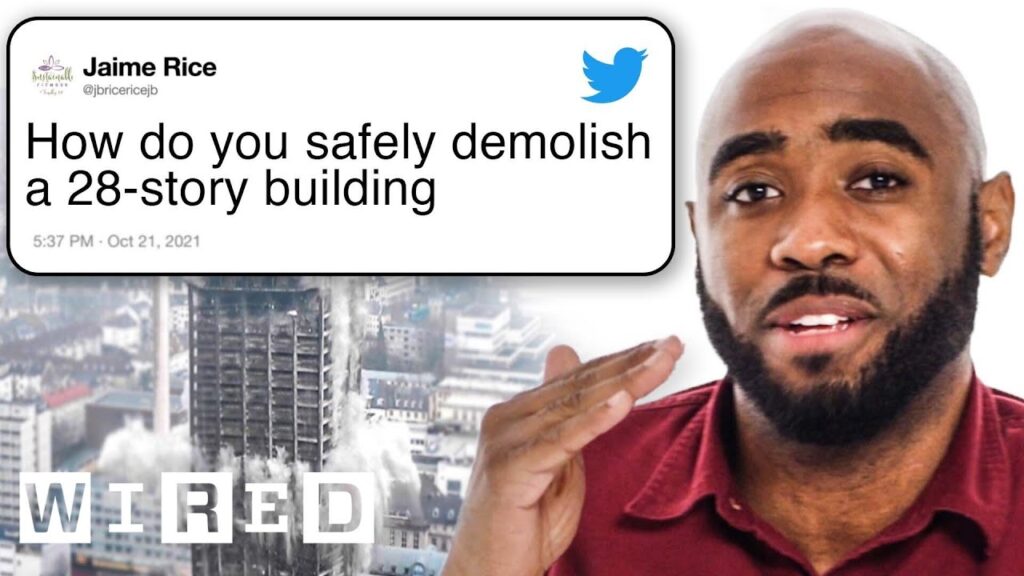Disguise Techniques and Strategies to Stay Safe in Public Environments
Summary
Jonna Mendez, former Chief of Disguise at the CIA, discusses different levels of disguise, including light and advanced. She also talks about the research program into advanced disguises, such as masks. Mendez emphasizes the importance of protecting both case officers and foreign people, as well as changing not only appearance but also behavior. Quick changes and blending in with the crowd are also discussed.
Table of Contents
- What Is Disguise?
- Light and Advanced Disguise Techniques
- The Research Program into Disguise Systems
- Changing Appearance: Hair, Facial Hair, Glasses, and Prosthetics
- Dental Facades and Artificial Palates
- Disguising Women and Aging Men
- Changing Behavior to Blend In
- Quick Changes
- Blending in with the Crowd
- Conclusion
What Is Disguise?
As Jonna Mendez explains, disguise is like an onion, with multiple transparent layers that can make a person disappear and become someone else entirely. The CIA’s Chief of Disguise notes that her primary concern was always protecting people, especially case officers and foreign individuals who risk their lives. She explains that light disguises can be as simple as a wig, facial hair, or glasses, while advanced disguises can make you unrecognizable to someone who knows you.
Light and Advanced Disguise Techniques
Mendez stresses that light disguises are designed to conceal your identity from people who might recognize you, such as a neighbor, while more advanced techniques are intended for situations where you need to be up close and personal with someone for an extended period. Examples of light disguises might include changing your hair, beard, or glasses, while more advanced options might involve the use of facial prosthetics or a mask.
The Research Program into Disguise Systems
Mendez notes that while she was Chief of Disguise, a major research program was underway into advanced disguise systems, particularly masks. These could be used to create an entirely new face for an agent, making them unrecognizable to anyone who knew them.
Changing Appearance: Hair, Facial Hair, Glasses, and Prosthetics
When changing a person’s appearance, Mendez notes that the best place to start is with their hair. Curly hair can be straightened, and a youthful person can be given gray hair. Other things to consider include facial hair, glasses, cheekbones, and even prosthetic devices such as a nose or an entire facial prosthesis. Dental facades can also be used to change the shape of your face and even your speech.
Dental Facades and Artificial Palates
Dental facades are used to change the appearance of a person’s teeth and can significantly alter their appearance. Mendez notes that an artificial palate can be used to change a person’s speech, causing them to have a slight lisp, for instance. The goal is to make every item in the memo the person takes away from their meeting with you to be incorrect, so a foreign intelligence service that might have access to that memo won’t be able to identify you.
Disguising Women and Aging Men
When it comes to disguising women or aging men, Mendez recommends using additive techniques. For example, you can add weight or height to a person, but you can’t take them away. With women, the possibilities are much broader.
Changing Behavior to Blend In
One of the things Mendez is adamant about is that disguise isn’t just about changing your appearance; it’s also about changing your behavior. Americans tend to have behaviors that stand out in public environments. Mendez recommends observing the behavior of the people around you and emulating it as closely as possible. Small things like how you eat, how you smoke, how you stand, or even how you walk can reveal your true identity.
Quick Changes
Quick changes are designed to change your appearance clandestinely and quickly. The goal of a quick change is to disappear, not to escape detection. The CIA measures quick changes in the number of steps and rehearses the agent beforehand. A quick change can only work if the agent blends into the crowd before and after the change.
Blending in with the Crowd
Blending in with the crowd is situational and depends on your location. If you can understand the tribe you are trying to join, you can typically move around unnoticed. Things like clothing, accessories, and even local cigarettes can help you blend in. Behaviors such as standing or eating habits can also reveal an outsider in a particular environment.
Conclusion
Disguising one’s identity isn’t just the job of a CIA agent. Anyone traveling around the world can benefit from understanding the basic principles of disguise. Changing appearance and behavior can help you stay safe in dangerous environments, and blending in with the crowd can be the difference between standing out as a tourist and blending in as a local.







